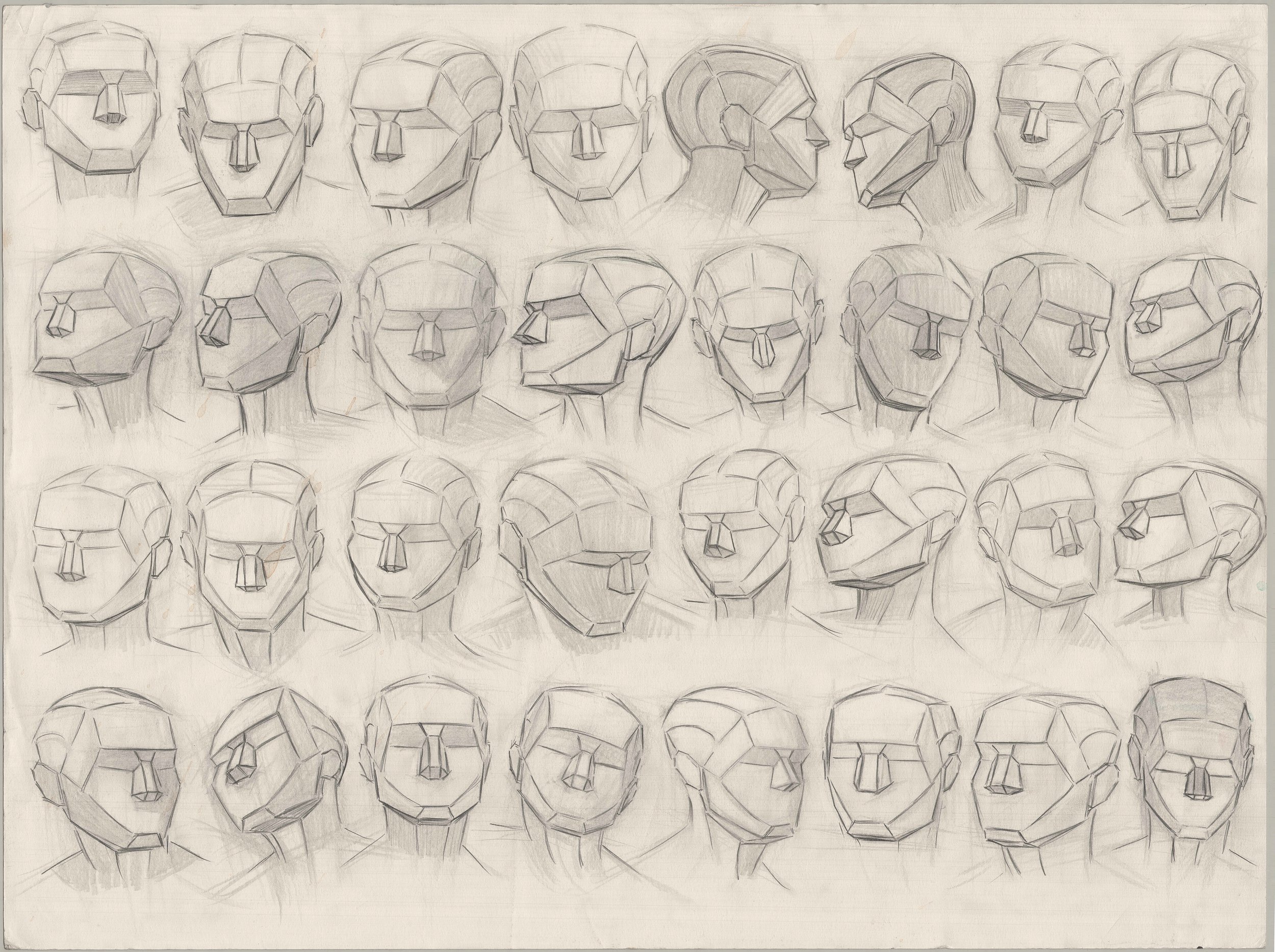
Nocturne.
“Dreamy & pensive. A night painting, often landscapes, but the definition can envelop any night centric illustration.
First popularized by the American painter (who was too cool for 2 names), a James Abbott McNeil Whistler - included the musical genre “nocturne” in his titles. Fredric Remington continued the popularity with Old West paintings.”

Concepts.
Light
Your Brain On ‘Moon’ Photons
The moon illuminates the night-o-sphere the same way the sun illuminates the day-o-sphere. The difference is the moon doesn’t produce its own light, but it reflects it from the sun; therefore, the moon is significantly less bright (about 1/398,110th the brightness of the daytime sun).
The Light Source Is The Brightest Area
Just like during the day, if the main light source is within the image space, it is the brightest point.
At night, under “natural” conditions, this is the moon. The sky is a dimmer secondary light source.
If artificial light is within the frame, it often overpowers and becomes the brightest area.
The Night Sky Is A Canopy Of Light
The night sky is lighter than you think; it’s reflecting afterglow light from the sun.
During the night, the canopy of the sky is still a light source. Therefore, it must be brighter than any non-emitting surface. Without the intervention of artificial light, a landscape will often appear as a black silhouette, against the bright sky.
Atmospheric Perspective At Night
Objects in the foreground appear darker. As we recede in space, objects become lighter, until they match the value of the sky.
Afterglow
After the sun has set, the warm rays remain on the horizon for a significant amount of time. Even late into the night, the sun’s afterglow is apparent; the sky will almost always be a gradient - lighter on the bottom, and darker looking upward towards the “anti-solar” point
A Low-Key Kind Of Night
“Low Key” refers to using a partial value range, in the darker portion of a value scale.
In a nocturne, often, the brightest spot on the image is quite dim. The moon doesn’t have the same brightness as the sun. An especially bright moon, or an artificial light source may assist in the inclusion of higher values, but overall, stick with the lower range to mimic human vision in low light.
Soft Edges At Night
With fewer photons to sharply define surfaces, night scenes will appear to have softer edges.
Draftsmanship
Stars Are Grouped
Don’t draw stars evenly spaced! Stars tend to group together in clusters.
The Moon Illusion
It feels intuitive to draw the moon a lot larger than it is - but it’s actually quite small when you compare the whole of the night sky.
The “Moon Illusion” is especially pronounced when it is lower to the sky; possibly due to our brains confusing it with the relative size of foreground objects. When it rises, there are fewer objects to compare it to, so it appears smaller. Note: astronauts experience the illusion too, so it’s also probably hardwired within us.
The moon’s size does change but only a little - about 10% between zenith and nadir during its orbital cycles.
Color
Black & White Without Light
Human eyeballs aren’t so great for night vision (aka “scotopia.”). When light is dim, we effectively see in greyscale.
That’s No Orange
When the moon is lower in the sky, it appears more orange - even red. This hue is due to the angle being more effective at reflecting the warm rays of the sun. As the moon rises higher in the sky, it becomes less saturated.
Purkinje Effect.
Historically, artists have portrayed nocturnes as being within the spectrum of blue or green.
Beyond the potential psychological reasons, this is true because in low light, our eyeball stuff (rods) are best and sensing the middle of the color spectrum (aka green).
The “Purkinje Shift” means that green things at night appear brighter, and red things appear darker. And overall, we perceive the scotopic world as having a blue-green tinge.
Reference.
By Brian Rasmussen
By Diego Ramirez
By Henry Lazcano
By Derrick Santiago
Exercises & Student Work.
1. Observation
Draw nocturnes from real life / photo reference.
Use only 4 values.
By Diego Ramirez
2. Master Study
Draw nocturnes using cartoon, painting, or illustrations as reference.
Use only 4 values.
By Brian Rasmussen
3. Memory
Use a daytime photo
Change the value structure and sky to turn it into a nocturne.
By Diego Ramirez
4. Concept
Use the prompt “Spirit of Hallow’s Eve,” or “Haunted Mystery Mansion”
Design thumbnail sketches to match the prompt
5. Creative Illustration
Pick a favorite thumbnail from exercise 4
Gather necessary reference photos
Complete a finished illustration

